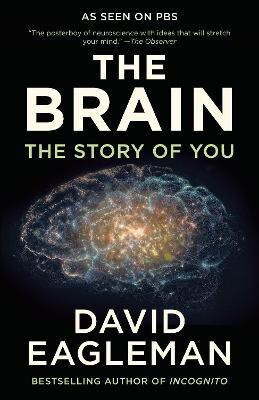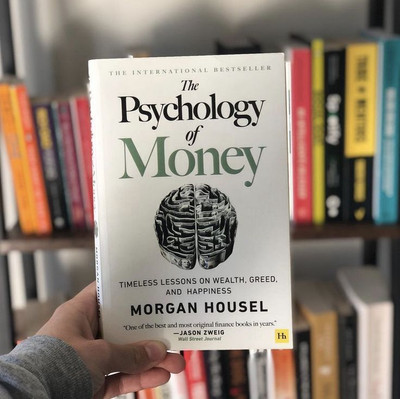
Share
Barabass (Hardcover, Payar Lagsriks)
Be the first to Review this product
₹480
Available offers
T&C
T&C
T&C
T&C
Delivery
Check
Enter pincode
Delivery by1 May, Thursday|Free
?
View Details
Highlights
- Binding: Hardcover
- Genre: Thriller, Philosophy, Religious, Intellectual
- ISBN: 9789395450379
- Edition: 1, 2023
- Pages: 141
Services
- Cash on Delivery available?
Seller
Description
The story of this Nobel Prize winning novel in a nutshell is as follows. The main character of the plot is Barabbas, a robber. He has been caught and is about to be crucified. Meanwhile, Jesus Christ is caught. Jesus tells the Roman authorities of Jerusalem to leave this barbarian robber and crucify me in his place. So it happened. When Barabbas came to know that he was the Messiah, he could not believe it. What kind of messiah is this who is omnipotent. also suffered so much physical pain and suffering! This is where the doubt and disbelief begins and Barabbas continues to disbelieve every incident related to Christ. Suspicion, disbelief, despair, sadness and heartache are the basic elements of this novel. This makes the simple story of the novel a wonderful metaphor. Barabas is not the only character in the story of this novel. He represents the doubtless, grief stricken human mind of the modern man. From this point of view, the voice of Barabas is universal. He is related to all of us. It is the lack of beliefs that today has made human beings such a puzzle which seems difficult to solve. This puzzle has been presented in this novel. In the words of Lucian Marry, this novel is not confined only to the field of literature; object of art; the climate of contemporary thought; It is clearly visible in this. There is no dearth of allegorical stories like Barabas in Indian literature. But those stories need to be interpreted in the light of contemporary problems. इस नोबल पुरस्कार प्राप्त उपन्यास की कथा संक्षेप में वह इस प्रकार है। कथानक का मुख्य पात्र बरबास एक डाकू है। वह पकड़ा जा चुका है और उसे सूली पर चढ़ाया जाने वाला है। इसी बीच ईसा मसीह पकड़े जाते हैं। ईसा जेरुसलम के रोमन अधिकारियों से कहते हैं कि इस बरबास डाकू का छोड़कर इसके स्थान पर मुझे सूली पर चढ़ा दो। ऐसा ही हुआ |जब् बरबास को पता चला वह मसीहा थे तब उसे विश्वास न हुआ | यह कैसा मसीहा जो सर्वशक्तिमान होते हुए. भी इतनी शारीरिक व्यथा और कष्ट को झेलता रहा ! यहीं से संदेह और अविश्वास आरम्भ होता है और बरबास लगातार ईसा सम्बन्धी प्रत्येक घटना पर अविश्वास करता चला जाता है | संदेह, अविश्वास, निराशा, दुख और घोर मनोव्यथा इस उपन्यास के मूल-तत्व हैं। यही उपन्यास की साधारण-सी कथा को अदभुत रूपक बना देते हैं| बरबास इस उपन्यास की कथा का ही पात्र नहीं है | वह आधुनिक मानव के विश्वासों से हीन, संदेहों से ग्रस्त, दुःखी त्रस्त मानव॒ मस्तिष्क का प्रतिनिधित्व करता है | इसी दृष्टी से बरबास का कण्ठस्वर सार्वभौमिक है। उसका सम्बन्ध हम सबसे है।विश्वासों के अभाव ने ही आज मानव मात्र को ऐसी पहेली बना रखा है जिसे बुझना कठिन प्रतीत होता है।इस पहेली को ही इस उपन्यास में उपस्थित किया गया है। यह उपन्यारा केवल साहित्य क्षेत्र में ही सीमित न रहकर लूसीयन माँरी के शब्दों में; कला की वस्तु; हो गया है;समकालीन विचार-धारा की जलवायु; इसमें साफ-साफ झलकती है। बरबास जैसी रूपक कथाओं का भारतीय साहित्य में अभाव नहीं है। लेकिन उन कथाओं की समकालीन समस्याओं के प्रकाश में व्याख्या करने की आवश्यकता है ।
Read More
Specifications
| Publication Year |
|
Manufacturing, Packaging and Import Info
Have doubts regarding this product?
Safe and Secure Payments.Easy returns.100% Authentic products.
Back to top







